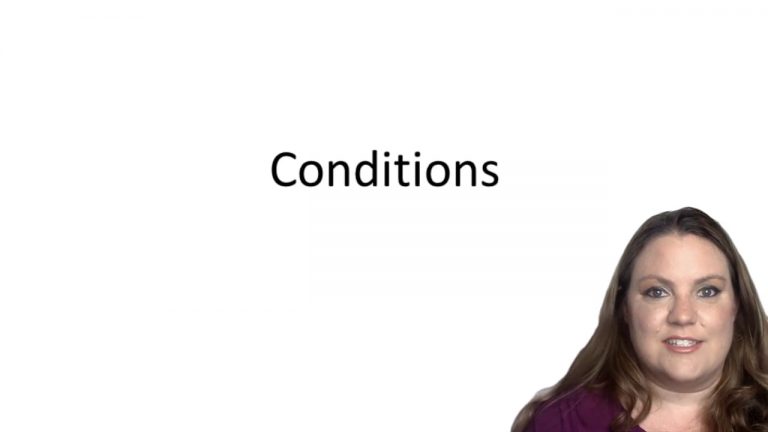SmartBrief
Confirm favorite deletion?
Contracts Keyed to Summers
Gibson v. Cranage
Citation:
39 Mich. 49Facts
Cranage (defendant) hired Gibson (plaintiff) to create a portrait of his deceased daughter based on a small photograph. Per their agreement, if Cranage found that the finished portrait was “not perfectly satisfactory to [him] in every particular,” then he was not obligated to take the portrait nor pay for it. Gibson finished the portrait and presented it to Cranage, who was dissatisfied with it and refused to accept it. Gibson was unable to ascertain clearly what Cranage’s objections to the portrait were. The next day, Gibson received a letter from Cranage reiterating that he was cancelling his order for the portrait. Gibson sued Cranage to recover compensation due under their contract for the cost of making the portrait.
Only StudyBuddy Pro offers the complete Case Brief Anatomy*
Access the most important case brief elements for optimal case understanding.
*Case Brief Anatomy includes: Brief Prologue, Complete Case Brief, Brief Epilogue
- The Brief Prologue provides necessary case brief introductory information and includes:
Topic:
Identifies the topic of law and where this case fits within your course outline.Parties:
Identifies the cast of characters involved in the case.Procedural Posture & History:
Shares the case history with how lower courts have ruled on the matter.Case Key Terms, Acts, Doctrines, etc.:
A case specific Legal Term Dictionary.Case Doctrines, Acts, Statutes, Amendments and Treatises:
Identifies and Defines Legal Authority used in this case.
- The Case Brief is the complete case summarized and authored in the traditional Law School I.R.A.C. format. The Pro case brief includes:
Brief Facts:
A Synopsis of the Facts of the case.Rule of Law:
Identifies the Legal Principle the Court used in deciding the case.Facts:
What are the factual circumstances that gave rise to the civil or criminal case? What is the relationship of the Parties that are involved in the case.Issue(s):
Lists the Questions of Law that are raised by the Facts of the case.Holding:
Shares the Court's answer to the legal questions raised in the issue.Concurring / Dissenting Opinions:
Includes valuable concurring or dissenting opinions and their key points.Reasoning and Analysis:
Identifies the chain of argument(s) which led the judges to rule as they did.
- The Brief Prologue closes the case brief with important forward-looking discussion and includes:
Policy:
Identifies the Policy if any that has been established by the case.Court Direction:
Shares where the Court went from here for this case.

 6m 19s
6m 19s